Cacay Oil vs Marula Oil
Cacay Oil
We hope you enjoyed our first Episode of our mini series, where we outline similarities of Cacay Oil to other known oils in the market. In our next, episode, we will be looking at : Cacay Oil vs Marula Oil
During this post, we will outline some of the similarities, some differences and Cacay Oil properties vs Marual Oil.
Cacay Oil vs Marula Oil
Cacay Oil is the Amazon’s best secret. Even though it is starting to become known among some beauty bloggers, experts. Overall, in comparison to some others such as Argan, Marula, and other beautiful oils, Cacay oil is still a Beauty secret when it comes to the #topshelfie Talk.
So let’s get started.
Marula is indigenous to Africa while Cacay is indigenous to South America.
Linoleic Acid: Cacay Oil vs Marula Oil
Cacay is a wonderful oil as it is high in Linoleic Acid (Omega 6). Cacay Oil can contain more than 70% of Linoleic acid. You can review the results of our Oil on our Green Science page. Due to its high level of Linoleic Acid, it makes it a very good oil for all types of skin including blemish prone skin or people that suffer from acne. Due to recent studies, it has been identified the reason why some suffer from blemish or acne is due to their deficiency in linoleic acid which helps to reduce inflammation and decongest pores. Thus, Cacay Oil being extremely high in Linoleic Acid is suitable for all skin types. In comparison to Marula, Marula Oil has around 4-9%, Cacay is much higher. Each of our batches gets tested so that we can ensure that Linoleic acid remains high.
Linoleic Acid, or Vitamin F, provides moisture and “plumpness” without weighing down the skin; it fortifies and protects the skin’s barrier.
Oleic Acid: Cacay Oils vs Marula Oil
Most people prone to breakouts are actually lacking Linoleic Acid in their sebum, the skin’s natural oils, and instead have an overabundance of Oleic Acid, a Omega-9 fatty acid that helps the skin lock in and retain moisture but can easily get trapped in pores when not properly balanced with Linoleic Acid. Oleic Acid is quite rich, often leading to excess oil for people with acne-prone skin, Linoleic Acid is much thinner and lighter, and therefore suitable for those with oily/acne-prone skin. Oleic Acid (Omega 9) can be found in Marula in very high-levels up to 70%, in comparison to Cacay, where it is around 10%-14%. If you tend to have normal to dry skin, you can use oils rich in Oleic acid. However, if you tend to have combination to oily skin, you should consider oils are high in Linoleic Acid such as our Cacay Oil.
Vitamin E: Cacay Oil vs Marula Oil
In comparison, Cacay is rich in Vitamin E making it a very stable oil. Marula oil contains a large proportion of mono-unsaturated fatty acids and natural antioxidants. As said above, it can be classified as a high-oleic acid (70-78%) with relatively low tocopherol content. However, Marula is still a very stable oil thus it has been suggested to be due to its fatty acid composition. (Burger et al, 1987; Eromosele & Paschal, 2003; Glew et al, 2004; Houghton, 1999). As Cacay is such a stable oil, Cacay has also a long shelf life. And does Marula oil.
Transepidermal Water Loss: Cacay Oil vs Marula Oil
Marula oil rich in fatty acids exhibits moisturising, hydrating and occlusive properties. As the oil is non-irritating and provides a moisturising effect with moderate prevention of transepidermal water loss, average moisture retention properties and noteworthy occlusive effects, its inclusion in cosmetic products based on its traditional use may be justified depending on the application. Similar findings can be applied to Cacay. In our Independent Scientific Clinical Study (a 21-subject randomised trial conducted in 2018), we learned that 10% Cacay Oil improved skin surface hydration in 100% of participants in one application only and it demonstrated gradual increase of hydration (moisturisation of the skin) throughout the day without re-applying leading to a conclusion to reduce transepidermal water loss.
Conclusion
So which oil is the best one for you? Is Marula better or Cacay Oil the best options? Both oils are beautiful and it is based on your skin needs. To us, it is important to not only produce high-quality and effective skincare products to transform one skin at a time.
Committed Beauty
At NAYA, #sustainabilitymatters It is important to look back where and how we source our ingredients from. It is about being transparent and invest into communities. Making us different and unique. And why we are one of the best brands to buy Cacay Oil from. As we work directly with farmers to source the Cacay oil we are using in our products. Our farmers use organic fertilisers, pick cacay nuts from mature trees from the prime forest. Therefore making our Cacay Oil unique as it is community-sourced and sustainable. We urge you to search out those brands that work hand in hand with their producers instead of feeding a vicious circle. As a result, we as a brand go the extra mile to find the purest Cacay Oil possibly available.
Our Everyday Beauty Cacay Oil
Try our own EVERYDAY Beauty Cacay Oil Collection to see the benefits in action. As our customers say ‘Love at first try’ ! And read our Cacay Oil reviews.
Shop the story




References
1. Ottaviani, M., Camera, E., and Picardo, M. (2010), “Lipid Mediators in Acne”, Published in Mediators Inflammation.
Published online 2010 Aug 25. doi: 10.1155/2010/858176. Available on: https://www.ncbi.nlm.nih.gov/pmc/articles/PMC2943135/
2.KomaneB.,Vermaak,I.,SummersB.,Viljoen,A.(2015),”Safety and efficacy of Sclerocarya bierrea (A.Rich.) Hochst (Marula) Oil: A clinical perspective.
J Ethnopharmacol. 2015 Dec 24;176:327-35. doi: 10.1016/j.jep.2015.10.037. Epub 2015 Oct 31.
3. Burger, A. E. C., de Villiers, J. B. M. and du Plessis, L. M. (1987) Composition of the kernel oil and protein of the marula seed. South African Journal of Science, 83 (November/ December): 733-735.

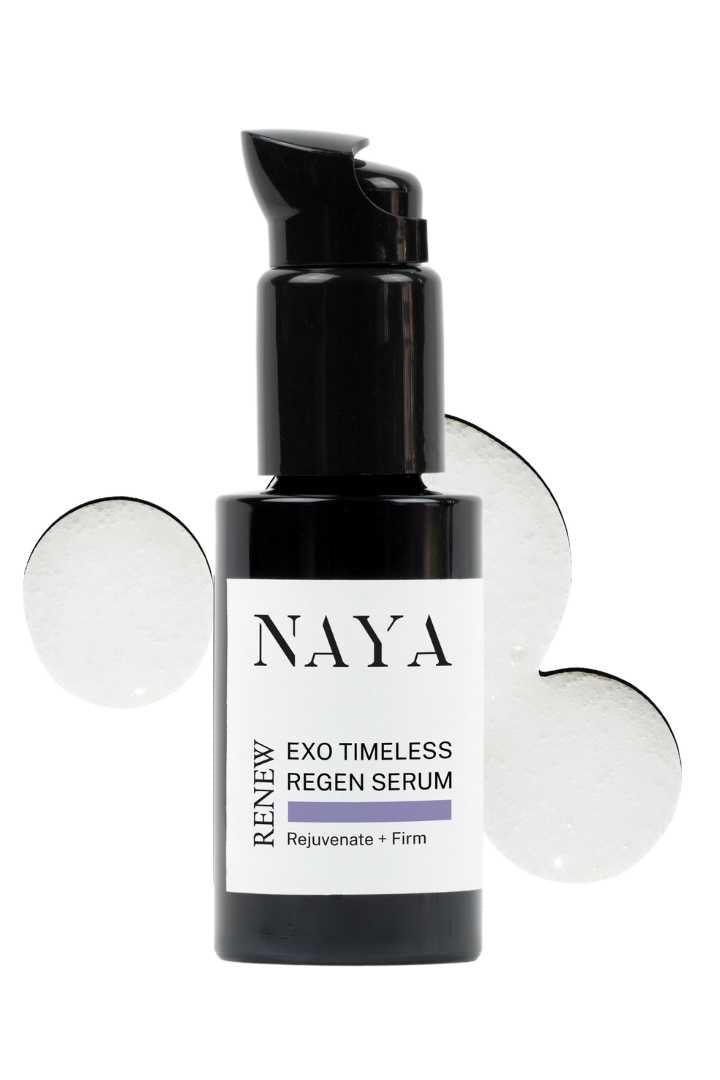

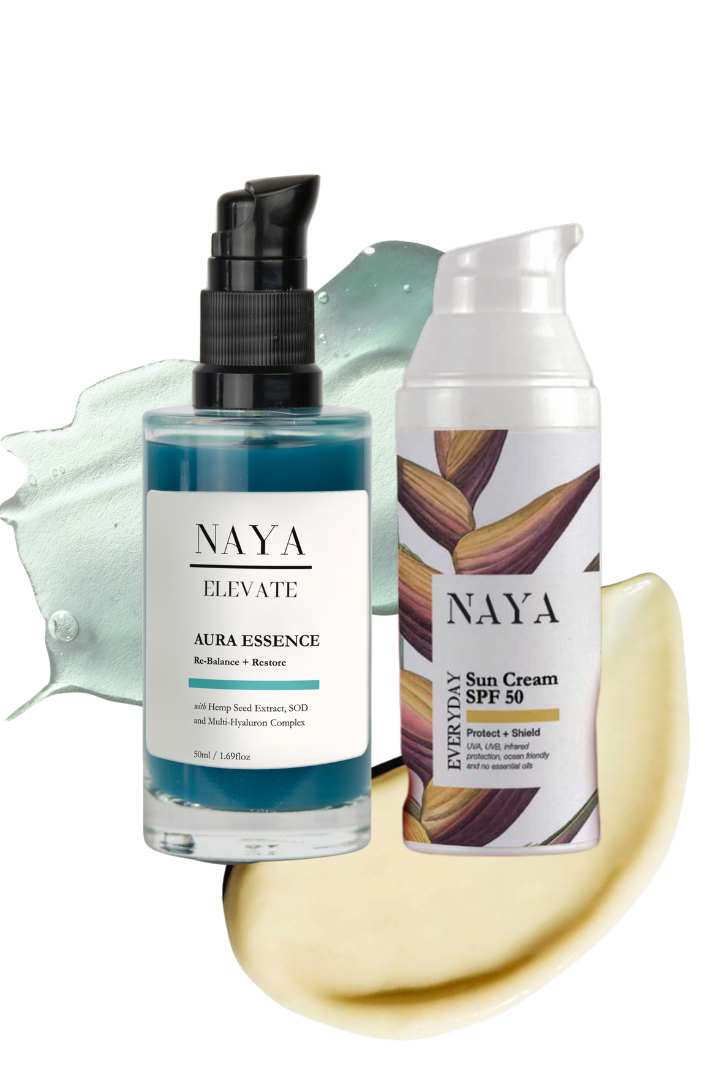

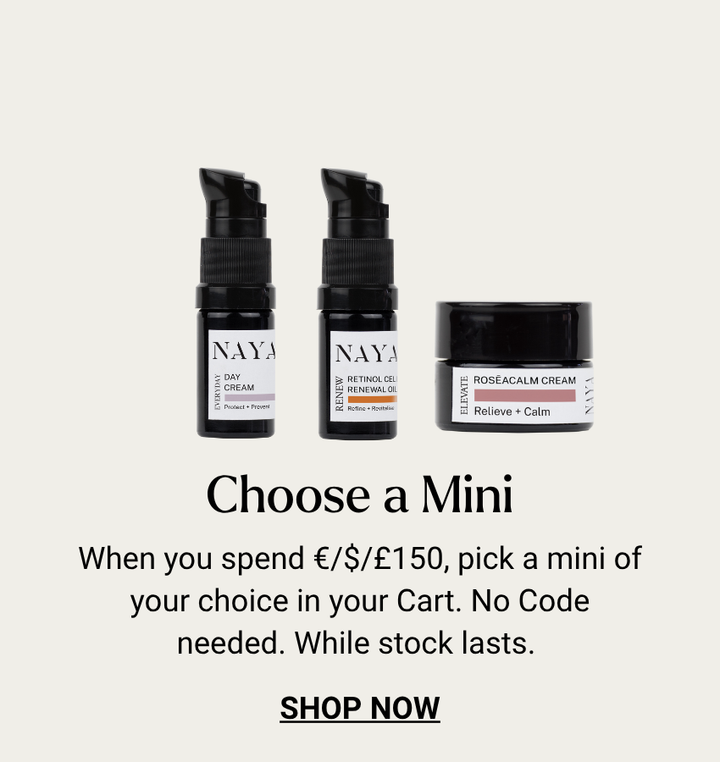

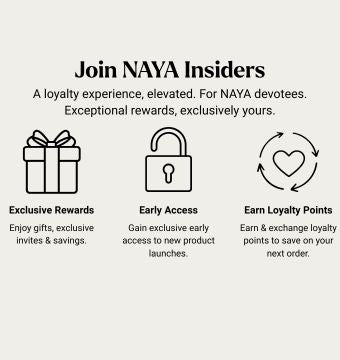
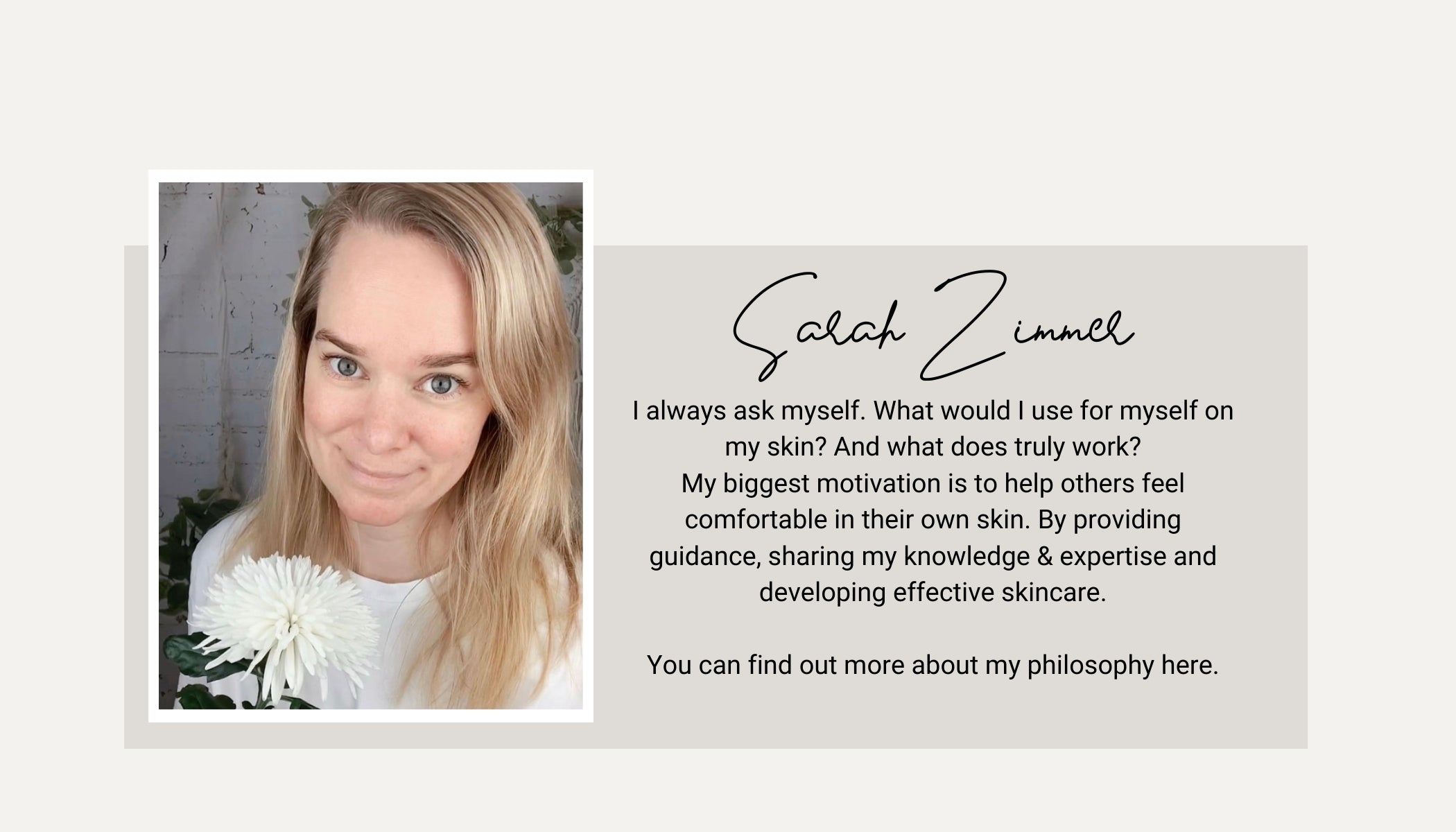




Leave a comment